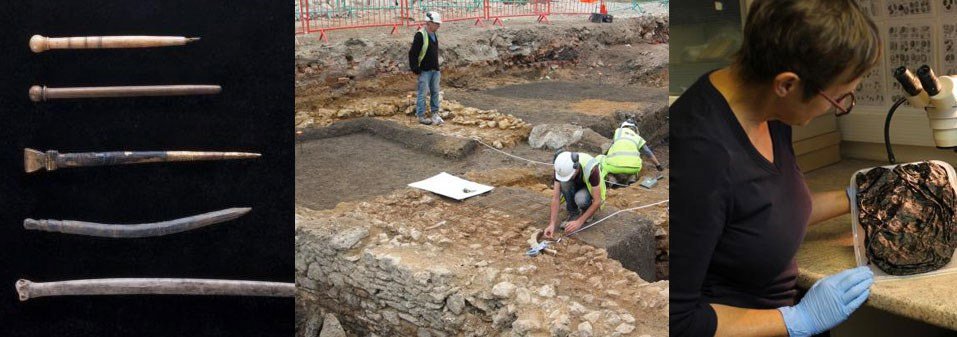Medieval Franciscan Friary Rediscovered in Oxford

For the first time for many centuries, archaeologists were able to see substantial parts of one of the university’s greatest medieval teaching institutions – a friary established by Franciscan friars in 1224.
It was of pivotal importance in the history of Oxford University.
Along with their rivals the Dominicans, the Franciscans were a major force in helping to transform the institution – by focusing on intellectually much more rigorous and challenging subject matter in the curriculum.
Although the university had already existed for a few decades, it had specialised in teaching practical vocationally oriented courses like letter writing, Latin grammar, classical speech making, basic maths and practical law.
However, the Franciscans and their Dominican colleagues and rivals introduced a new emphasis on theology in the curriculum which in turn led to the teaching of advanced philosophy, physics, natural history, geology and even optics. At that stage, theology was viewed as the most ultra-modern cutting-edge intellectual discipline – and was even dubbed “the Queen of the sciences”. The friars used theology and the contents of the Bible as a way into all those other disciplines.
Largely courtesy of those mediaeval friars, Oxford quickly evolved into the international centre of scholarship it still is today. The archaeological investigation is therefore revealing what Oxford life was like during that historically crucial transition.
The archaeological investigation is also important because the Franciscan Friary (known as Greyfriars) was home to some of the most important scholars in Oxford University’s history and indeed the wider history of European academic life.
Among the eminent medieval scholars who taught at Greyfriars were Robert Grosseteste (one of mediaeval Europe’s first great mathematicians and physicists), Roger Bacon (a philosopher, linguist and pioneer of empirical science), Haymo of Faversham (a top international diplomat who taught at Paris, Tours, Bologna and Padua as well as Oxford), John of Peckham (who became Archbishop of Canterbury), Peter Phillarges (an Italian Franciscan widely recognised as Pope in the early 14th century) and William of Ockham (an important philosopher and radical political theorist).
These “super friars” with great international reputations had the ear of kings and popes and put Oxford more prominently on the map, internationally. They, and their Oxford student ‘hall’ and friary (Greyfriars), were politically very influential and that in turn helped to give the university greater status, thus attracting ever more top teachers and students.
